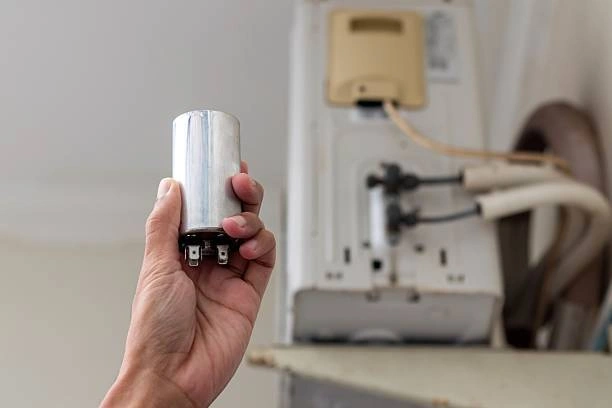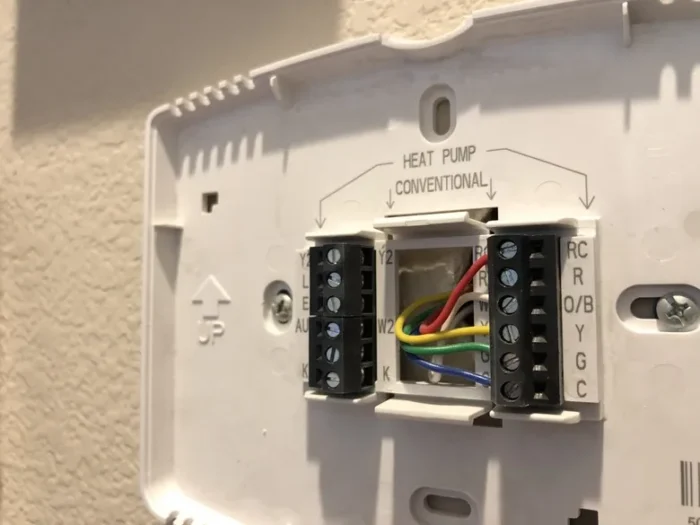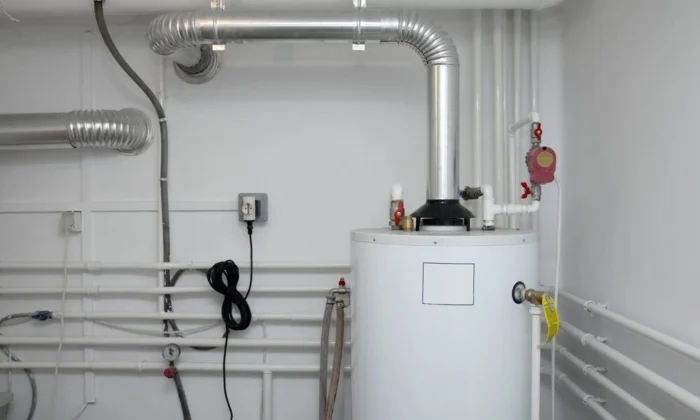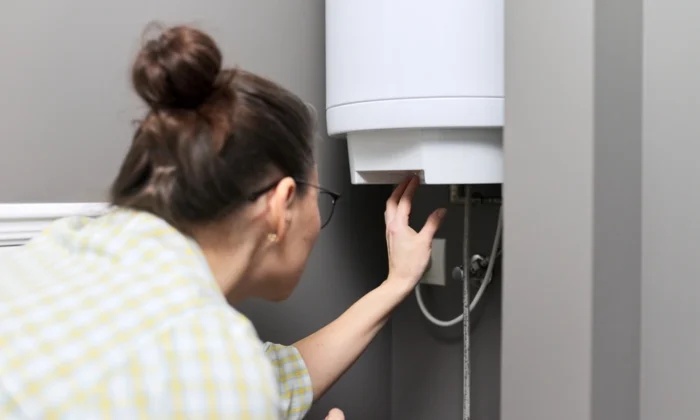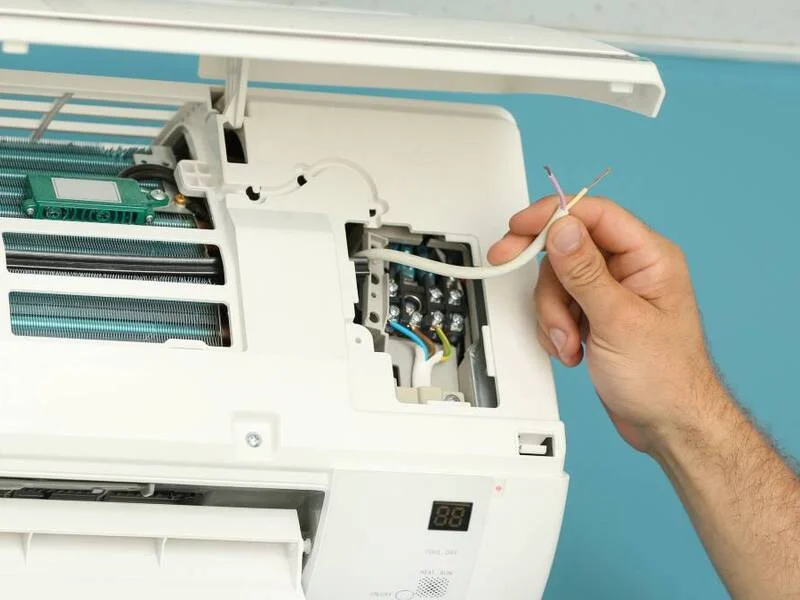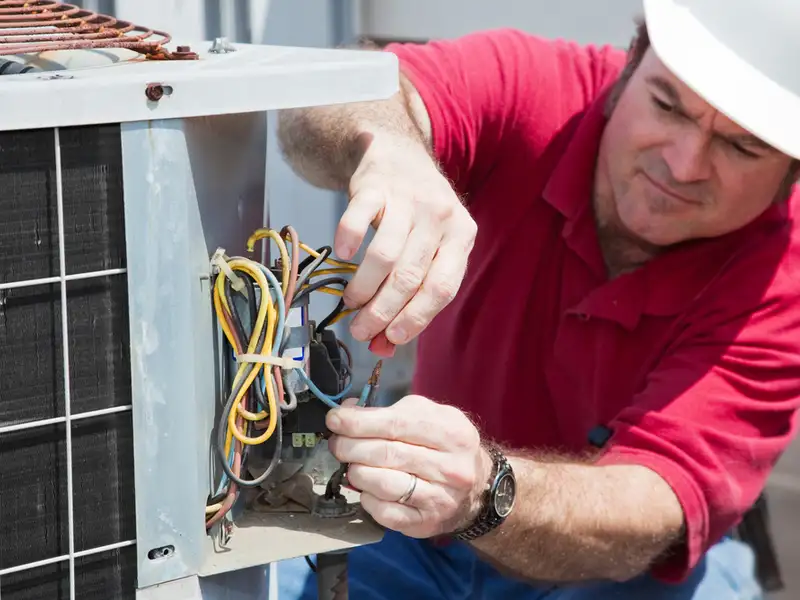If your air conditioning unit isn’t functioning effectively, a common reason can be a faulty capacitor. The capacitor is crucial for beginning the compressor and fan motor; if it malfunctions, your air conditioning device can also perform inefficiently or fail to begin completely. Numerous house owners regularly inquire: How to test an AC capacitor safely at home?. This manual will offer you a step-by-step technique for testing AC capacitors, indicators for whilst to are trying to seek expert assistance, and the significance of well-timed inspections to your HVAC system.
What Is an AC Capacitor and Why Is It Important?
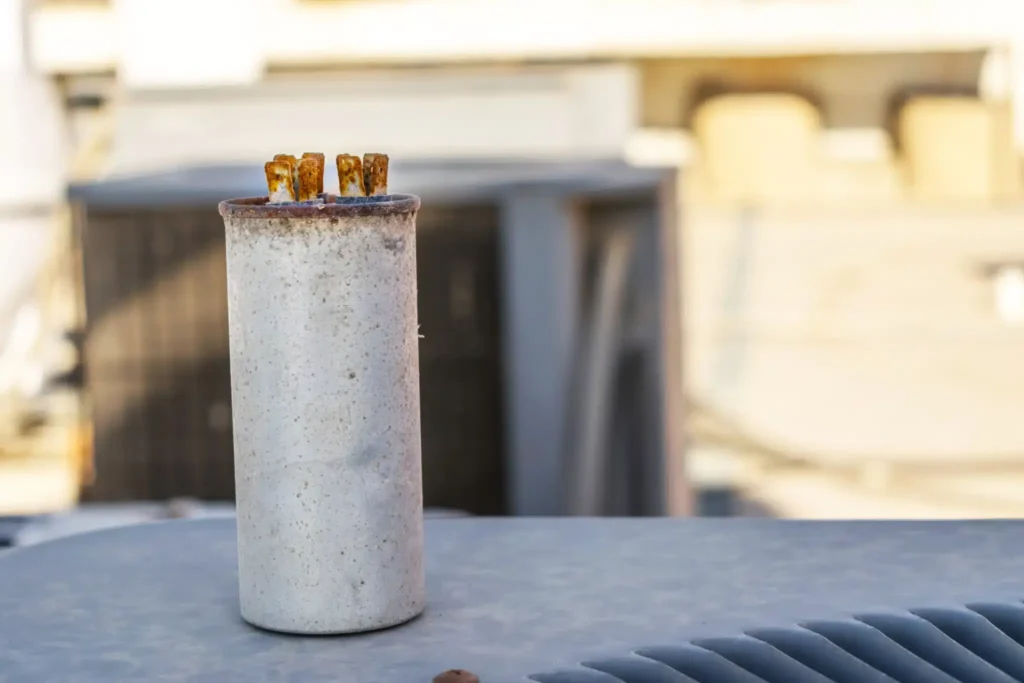
Before knowing how to test an AC capacitor, it’s far important to realize its function. The AC capacitor is liable for storing and releasing the electric energy required to start and operate the motor in your air conditioning system. If the capacitor isn’t functioning correctly, your AC unit may:
- Struggle to begin
- Produce uncommon buzzing noises
- Fail to emit cool air
- Trip circuit breakers
A defective capacitor now no longer simply results in subpar overall performance, but also can bring about harm to other luxurious components inside your HVAC system.
Signs Your AC Capacitor May Be Failing
If you’re thinking whether or not it’s time to check the capacitor AC unit, don’t forget the subsequent not unusualplace caution signs:
- The AC does now no longer begins or takes too much time to begin
- Weak or absent cool airflow
- A burning scent emanating from the outdoors unit
- Frequent shutdowns of the system
- Visible bulging or leaking of the capacitor
These troubles often advocate the need for a testing AC capacitor.
Safety First: Precautions Before Testing an AC Capacitor
When accomplishing a test AC capacitor, it’s vital to prioritize safety:
- Ensure that the electricity to the AC unit is turned off at the breaker.
- Discharge the capacitor with the aid of using the usage of a screwdriver that has an insulated handle.
- Wear protective gloves to save yourself from an electric shock.
If you’re unsure approximately coping with electrical components, it’s really helpful to are searching for help from experts, like Hutchinson Heating and Air for assistance.
Step-with the Aid of using-Step Guide | How to Test an AC Capacitor
Below is the most secure and maximum broadly used approach for testing an AC capacitor with a multimeter:
Locate the Capacitor
- Identify the capacitor in the outside condenser unit.
- It is often a small cylindrical or oval-shaped tool offering 3 terminals.
Disconnect Power
- Turn off the electricity at the primary breaker and confirm with a voltage tester.
Remove and Discharge the Capacitor
- Carefully detach the wires from the capacitor terminals.
- Utilize an insulated screwdriver to discharge any residual electricity.
Set the Multimeter
- Adjust your virtual multimeter to the Capacitance (µF) setting.
Measure the Capacitance
- Connect the multimeter ends to the capacitor terminals.
- Compare the size to the capacitor`s detailed rating (e.g., 35 µF).
Analyze the Results
- If the size falls within ±5–10% of the rated value, the capacitor is functioning properly.
- If the size is drastically lower, the capacitor is faulty and calls for replacement.
- By adhering to those steps, you may correctly test the AC capacitor in your home.
You may read Why Is My Ac Not Working?
Professional Assistance for AC Capacitor Evaluation
Although do-it-yourself strategies can help you to check the capacitor of the AC unit, operating with electrical additives poses widespread risks. Inadequate checking out or a substitute should undoubtedly reason in additional harm to your machine.
This is why we recommend contacting Hutchinson Heating and Air, your dependable HVAC professionals in Temecula and Murrieta. Our crew is talented in capacitor diagnostics, AC capacitor tests, and complete HVAC upkeep to make certain your house stays cushty during the year.
Conclusion
Understanding how to test an AC capacitor is a critical skill for homeowners aiming to preserve their air conditioning systems. Nevertheless, for the reason that capacitors contain electricity, prioritizing protection is crucial. If you take a look at troubles including faded cooling, unusual sounds, or recurrent machine malfunctions, it’s recommended to look for expert help.
At Hutchinson Heating and Air, we provide reliable AC capacitor testing, replacement, and complete HVAC maintenance to ensure your system operates efficiently year-round. Don’t wait until a small issue becomes a costly repair contact our experienced HVAC technicians today for fast, affordable service in Murrieta and Temecula, CA. Call us now or schedule your AC service online to keep your home cool and comfortable!
FAQs
What Is An Ac Capacitor And Why Is It Important?
An AC capacitor is a small electrical part that stores and releases energy to help your air conditioner’s compressor and fan motor start and run properly. Without a working capacitor, your air conditioner may fail to start, blow weak air, or stop cooling your home altogether.
How Can I Tell If My Ac Capacitor Is Bad?
You can usually tell your AC capacitor is bad if your unit won’t start, makes a humming sound, blows warm air, or the outdoor fan does not spin. If your air conditioner keeps shutting off or takes longer to cool your home, it’s also a sign that the capacitor may be failing.
What Tools Are Needed To Test An Ac Capacitor?
To test an AC capacitor, you need a digital multimeter that can measure capacitance, an insulated screwdriver to safely discharge power, and protective gloves for safety. These tools allow you to check whether your capacitor is holding the correct electrical charge.
How Do You Safely Test An Ac Capacitor With A Multimeter?
First, turn off the power to your air conditioner from the main breaker. Then, use an insulated screwdriver to discharge any remaining power from the capacitor. Remove the capacitor from its mounting and connect the multimeter probes to its terminals. Set your multimeter to the capacitance mode and check the reading. If the reading is more than 10 percent lower than the value printed on the capacitor, it’s time to replace it.

